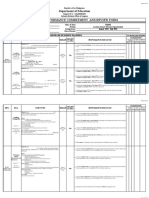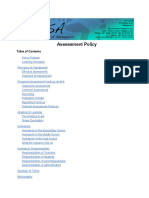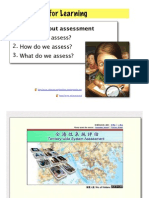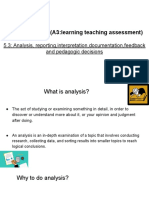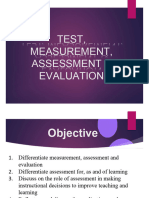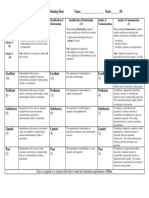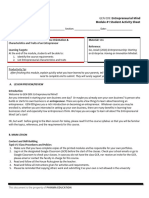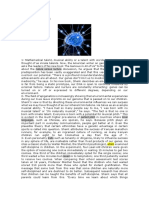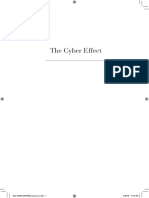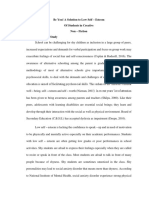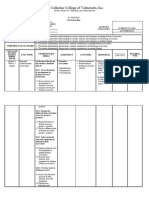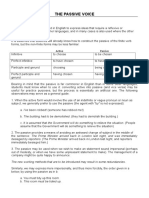Task 3: Assessment
Description of the Platform
Our school utilizes the South African School Administration Management System (SASAMS) as
the primary online administrative platform for recording assessment results. SASAMS is a
comprehensive management information system designed to assist schools in streamlining
various administrative tasks, including the management of learner information, academic
assessments, attendance, and financial records. By allowing educators to record marks and
track student progress in real-time, SASAMS promotes efficient data management and enables
educators to access important information quickly.
Advantages and Disadvantages of SASAMS
Advantages:
- Centralized Data Management: SASAMS allows for a centralized database, making it easy for
teachers and administrators to access and share information about student performance and
personal details.
- Time Efficiency: Automating data entry and record-keeping reduces the time spent on
administrative tasks, allowing educators to focus more on teaching and supporting learners.
- Reporting Capabilities: The platform facilitates the generation of various reports, from
individual student performance to school-wide data analysis, which aids in decision-making and
strategic planning.
Disadvantages:
- Technical Issues: Like any online platform, SASAMS may encounter technical difficulties or
downtime, disrupting the assessment recording process.
- Training Requirements: Staff may require extensive training to effectively use the system,
which could pose a challenge for some educators who are less tech-savvy.
Implementation Date
The SASAMS platform was implemented at our school in January 2021. The decision to adopt
an online administration system was made to modernize our record-keeping processes and
enhance the accessibility of student data.
�Other Uses of the Administration Platform
In addition to recording assessment results, teachers use SASAMS for various administrative
tasks, including attendance tracking, managing learner profiles, and generating progress
reports. The platform also facilitates communication among staff regarding student performance
and support needs.
Flow Chart of School Assessment Processes
1. Assessment Administration: Teachers administer formative and summative assessments to
their students.
2. Marking: Teachers mark the assessments, providing constructive feedback where necessary.
3. Result Verification: Results are reviewed and certified by a colleague or designated staff
member to ensure accuracy.
4. Data Entry: Verified results are entered into the SASAMS platform for record-keeping and
analysis.
5. Report Generation: Teachers write comments on the reports, and the finalized reports are
printed and distributed to students’ parents/guardians.
Explanation of Each Step
The assessment process in our school begins with Assessment Administration, where teachers
evaluate student understanding through structured assessments. This step is crucial for
identifying strengths and areas requiring improvement in student learning. Next, during Marking,
teachers provide feedback, which is essential for encouraging student growth and guiding future
instruction. The Result Verification step ensures that recorded marks are accurate, preventing
errors that could affect student outcomes. Once results are verified, they are entered into the
Data Entry stage in SASAMS, which maintains organized records and facilitates future analysis.
Finally, the Report Generation involves crafting comments that reflect student progress, followed
by the distribution of reports to parents, reinforcing the partnership between home and school in
supporting student learning. Each of these steps is vital in creating a comprehensive and
transparent assessment process that benefits both educators and students.
Supporting Resources
�To assist teachers and administration staff in streamlining the assessment reporting process, the
school provides several resources:
- Blank Report Templates: Standard formats for reporting student progress (see attached
sample).
- Spreadsheet Templates: For recording and calculating assessment marks (see attached
sample).
- How-To Guides: Documentation on using SASAMS effectively, outlining procedures for
marking, verifying, and reporting.
- Flow Diagrams: Visual aids outlining the assessment reporting process, ensuring all staff
members understand their responsibilities.

